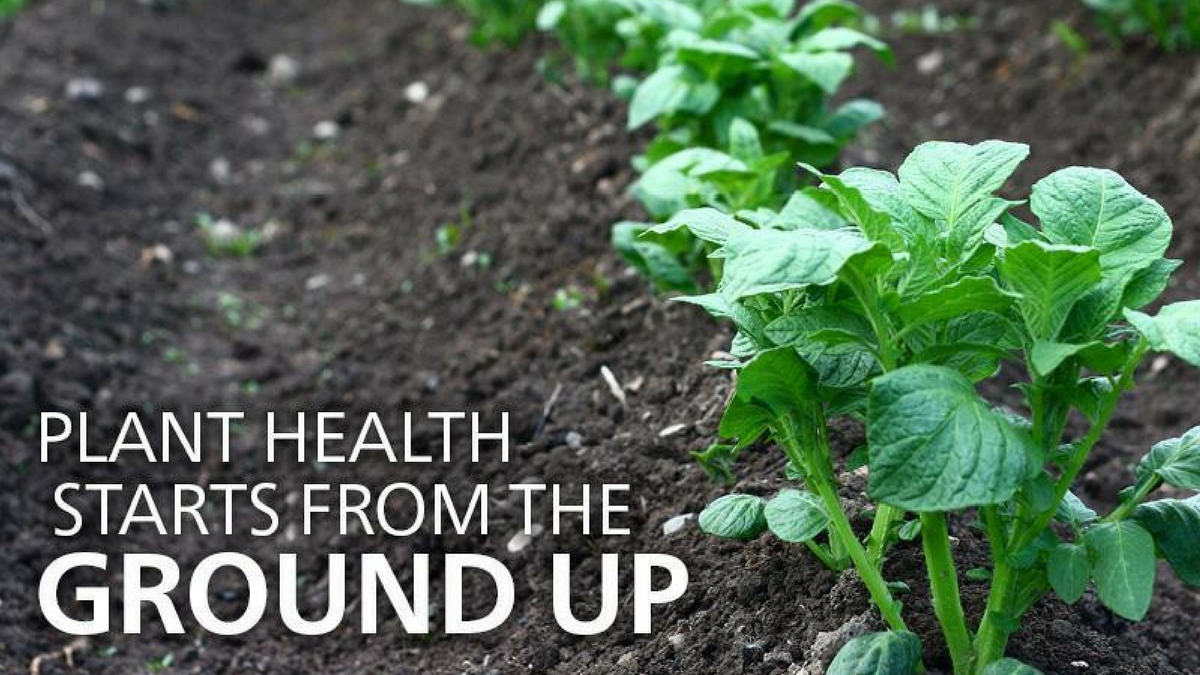In search of the perfect tomato crop: Hormonal precursors aid in standardization
Consumers have certain expectations of how a tomato should look and taste when it reaches their table. Producers know all too well, however, the variables inherent in farming that are at odds with standardization of the final product.
During the growth cycle, the flower setting and fruit standardization stages are essential to meet the desired aspects of color, size and flavor. These periods, which determine productivity and fruit classification, can be a challenge for producers since the plants are constantly subjected to stressors, such as adverse environmental conditions, which can compromise crop development.
An ally in crop development: Hormonal precursors
According to agronomist Marcos Revoredo, technical manager for Alltech Crop Science in Brazil who specializes in intensive crops, hormonal precursors may be an ally in minimizing the physiological stress on the plants.
“By applying these precursors as a substitute to a pre-mixed combination of hormones, it is possible to stimulate the plant to produce its own hormonal balance in the precise quantities needed to meet the plant’s demands at that exact moment,” he explains.
In response to this natural hormonal balance, “the plant will have a better redistribution of nutrients to flowers and fruits, increasing production. It also allows for more balanced plant growth and, in the following stages of fruit development, increases standardization of size,” says Revoredo.
Profitability through uniformity
In Araguari, Minas Gerais, Brazil, producer Edson Trebeschi emphasizes the importance of care in the standardization of the size of the tomatoes.
“If you have a fruit that is higher in quality and uniform in size, it results in greater profitability down the road,” says Trebeschi.
For this reason, Trebeschi has been increasing his implementation of more sustainable production practices, working preventively to improve plant resistance.
Additional considerations for top tomato crops
Revoredo also notes that besides the use of natural solutions based on hormonal precursors, such as plant extracts, minerals and amino acids that promote the reduction of the effects of stressors and improve the vigor of the plants, important factors in reaching good results in tomato crops include soil preparation, disease and pest management, adequate irrigation and nutritional maintenance.
Have a question or comment?
- Read more about In search of the perfect tomato crop: Hormonal precursors aid in standardization
- Log in to post comments

<!--[if lte IE 8]>
<script charset="utf-8" type="text/javascript" src="//js.hsforms.net/forms/v2-legacy.js"></script>
<![endif]-->
<script charset="utf-8" type="text/javascript" src="//js.hsforms.net/forms/v2.js"></script>
<script>
hbspt.forms.create({
portalId: '745395',
formId: 'd2b1a74a-d16c-4ea9-b2fd-b17b4c1cfc91'
});
</script>
<p>Hormonal precursors provide a natural path to consumer satisfaction and producer profitability.</p>




















